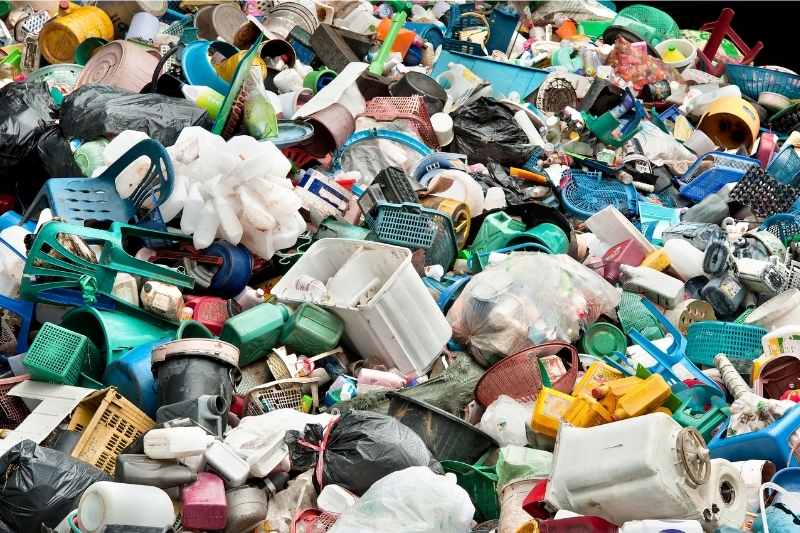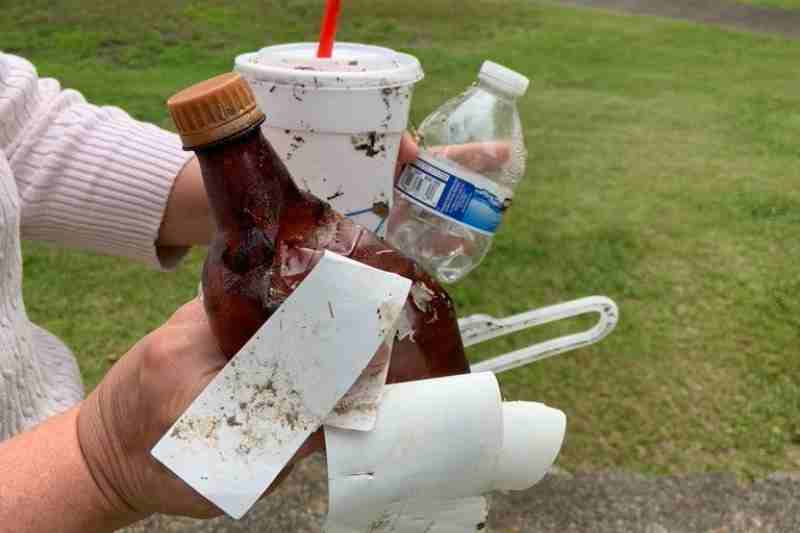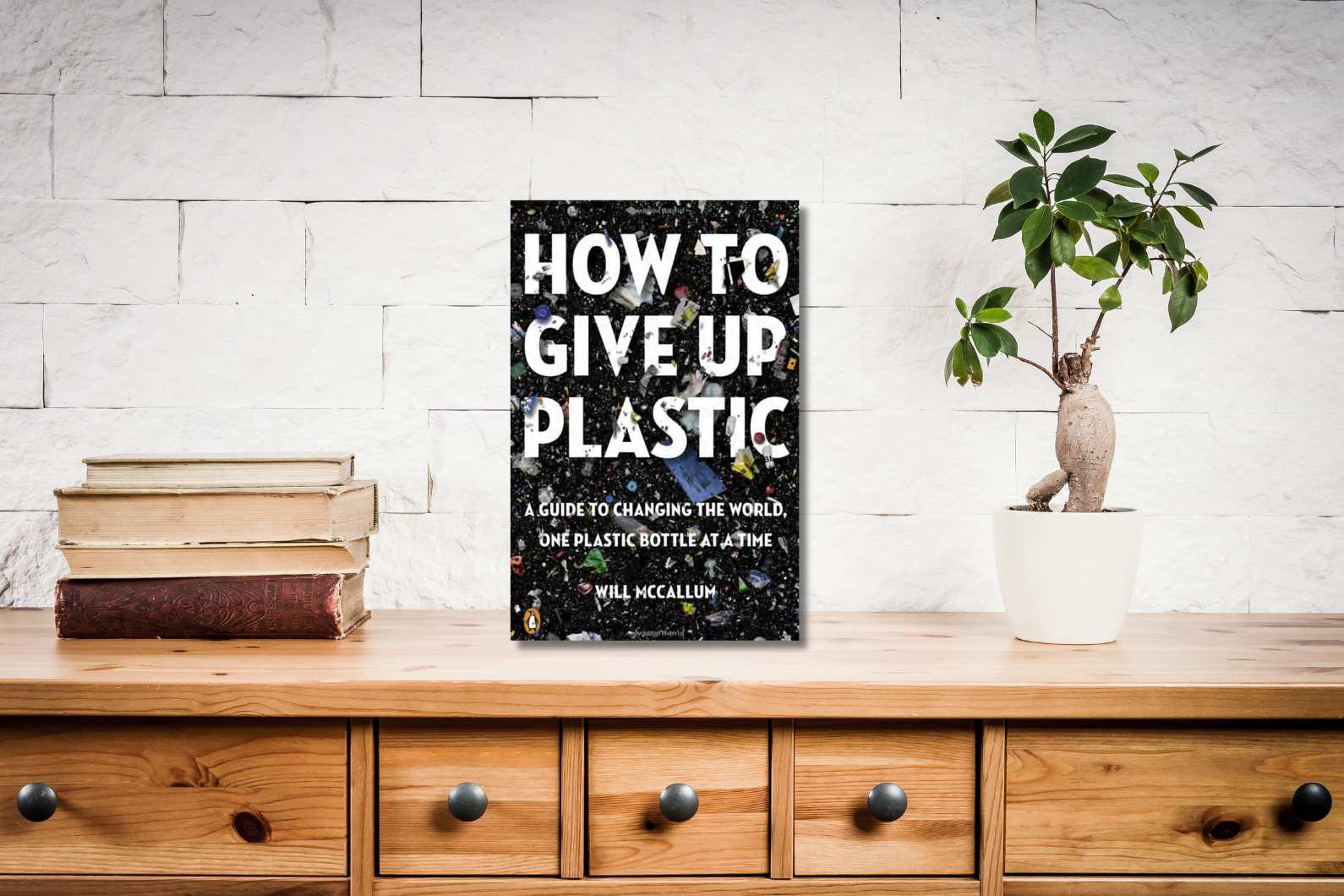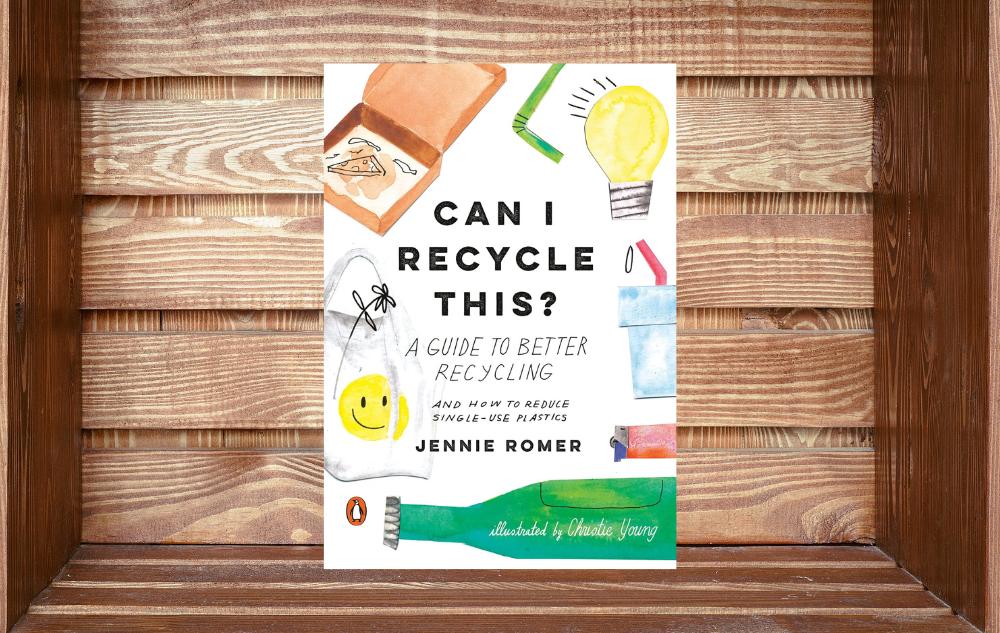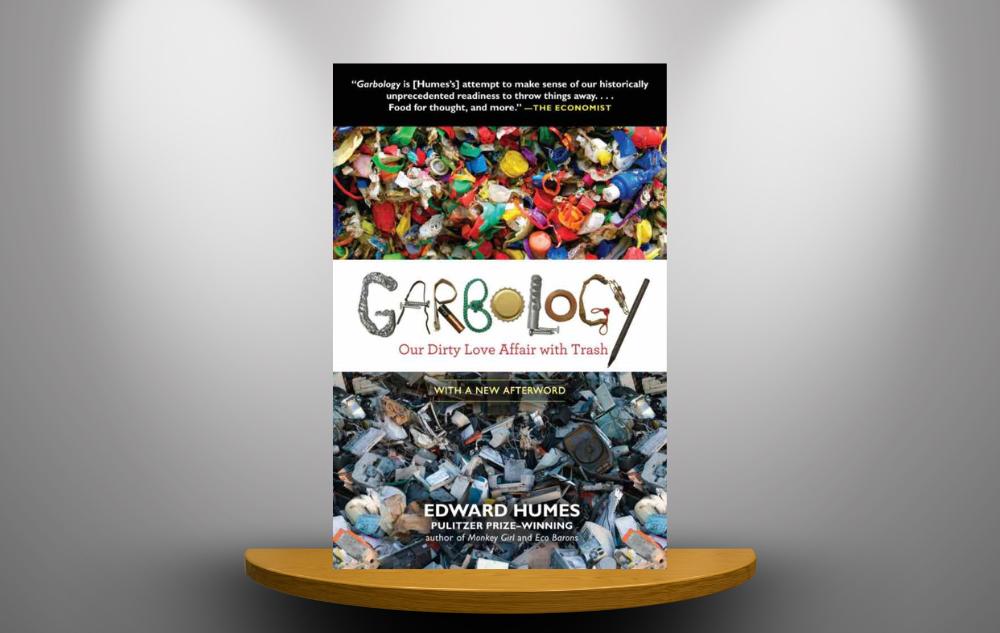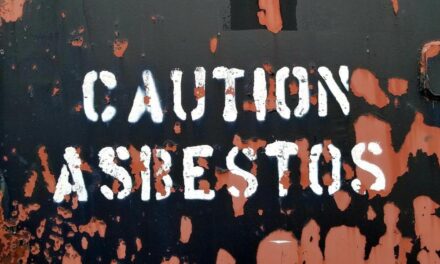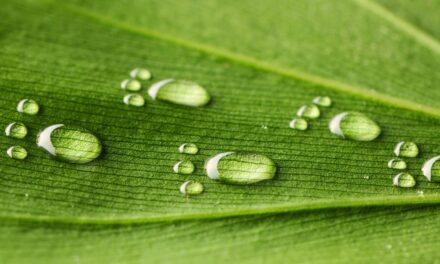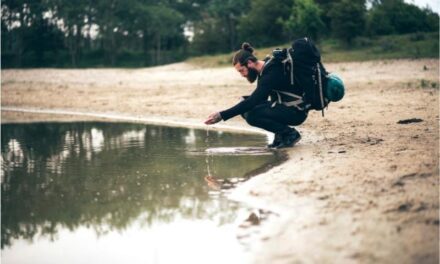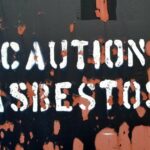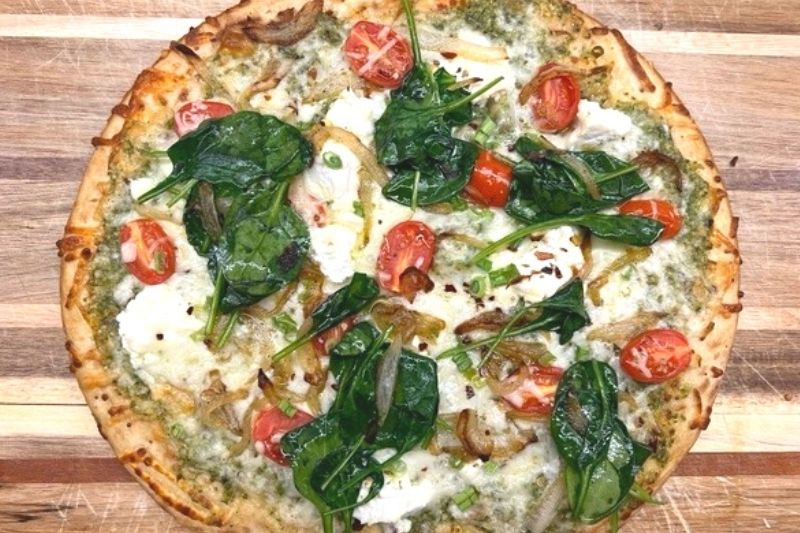It’s #PlasticFreeJuly! Let’s break free from plastic dependency.
Plastic is pervasive in our society. It’s everywhere: from flimsy plastic at the grocery store to disposable food bags, plastic wrap, and personal hygiene packaging, to bottled water, laundry detergent and household cleaners, and even car parts. Unfortunately, plastic never decomposes – it stays in our environment in one form or another forever. This month, join OPL’s Plastic Free July challenge and break free from your plastic dependency.
Why is plastic a problem?
Plastic was invented in 1907, and today is made using chemical compounds derived from fossil fuels. The widespread use of single-use plastics started in 1959, lowering production and shipping costs and increasing company profits. Companies continued to produce cheap, convenient plastic products and packaging with no thought or responsibility for the waste it would create.
The plastic industry has grown from producing 2 million metric tons of plastic in 1950 to 450 million metric tons today, half of which are single-use plastic. That’s significant, considering that a third of all plastic waste ends up littering our planet and only 10% of plastic is recycled successfully.
The world produces over 380 million tons of plastic per year! Of this, 50% is for single-use plastic.
- 500 billion plastic water bottles a year (> 1 million a day)
- 500 billion plastic cups per year
- 500 million straws per year
- Plus an incredible amount of plastic packing waste
Every plastic toothbrush, every plastic bottle, every plastic bag you’ve ever used is still here.
While plastic is convenient, it has devastating effects on Earth’s ecosystems and our bodies. Plastics don’t break down, they disintegrate into small pieces called microplastics. In the last 60 years, our use of plastic has resulted in microplastics in our waterways, which are ingested by wildlife and humans alike. Scientists estimate that there will be more plastic in the ocean than fish by the year 2050. At this time, we do not know the effects of long-term exposure to plastics and the chemicals used in processing them. Learn more about plastic’s effect on our planet.
But what about those recycle labels on plastic?
It is easy to be confused as the label on plastic looks like a recycle symbol with a number. This symbol indicates the type of plastic. Only categories 1 and 2 are candidates for recycling. Of the plastic in categories 1 and 2, only 29-30% gets recycled while others cannot be recycled. While you put plastics into the blue recycling bin, over 90% still goes to the landfill.
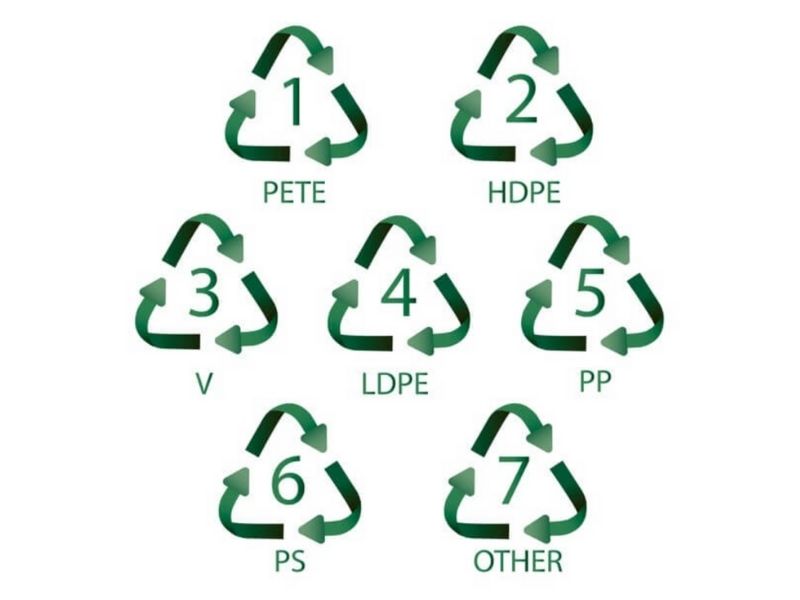
Still confused about what you can recycle? Consider reading Jennie Romer’s Can I Recycle This? A Guide to Better Recycling.
These stats tell a sobering story about plastic pollution:
- 13.9 million tons of plastic are going into our oceans every year.¹
- More than a garbage truckload of plastic goes into our ocean every minute.²
- It’s estimated that over 165 million tons of plastic are in the oceans.¹
- 90 percent of seabirds are likely to have plastic in their guts.¹
- Humans eat over 40 pounds of plastic in a lifetime.²
- Plastic microfibers from washing our clothes are going into our waterways.
- There will be more plastic in the ocean than fish by 2050.¹
Sources: ¹ How to Give Up Plastic by Will McCallum, ² Plastic Oceans
Be a part of the solution. Join the #plasticfreejuly revolution!
Join OPL’s Plastic Free July Challenge in the One Planet Life app and take strides to create sustainable, plastic-free habits today. This challenge is specifically designed to make you aware of the plastic in your life and inspire you to make lasting changes to your plastic usage. When you join the challenge, you’ll receive a series of Joyful Changes added to your existing sustainability journey.
The Plastic Free July Challenge items specifically target consumer plastic usage. Action items include: refusing to-go containers, replacing flimsy plastic bags with reusable shopping bags at all retailers, buying packageless produce, and using a reusable water bottle. The challenge also encourages you to look at your personal hygiene routine and make changes such as using biodegradable bamboo toothbrushes, trying toothpaste tabs instead of tube toothpaste, and replacing liquid body wash with bar soap.
Our OPL App Makes It Easy to Track Your Challenge Progress
To get started, tap the “Challenges” tab at the bottom of the One Planet Life app, then tap “Join Challenge.” Once you sign up for the challenge, the Life Center tab will display a set of temporary, challenge-specific Joyful Changes for you to complete. These Joyful Changes are in addition to any existing journey-specific Joyful Changes you may have. Challenge-specific Joyful Changes are indicated by a trophy icon, and only appear in your Life Center for the month of July.
When you complete a challenge activity, mark it as complete by tapping on the radio button next to the Joyful Change. Our Challenge leaderboard allows you to see how your progress stacks up against other OPL challenge participants. Let’s work together to make a difference!
#plasticfreejuly #breakfreefromplastic @one_planet_life
Learn more with one of our recommended reads:
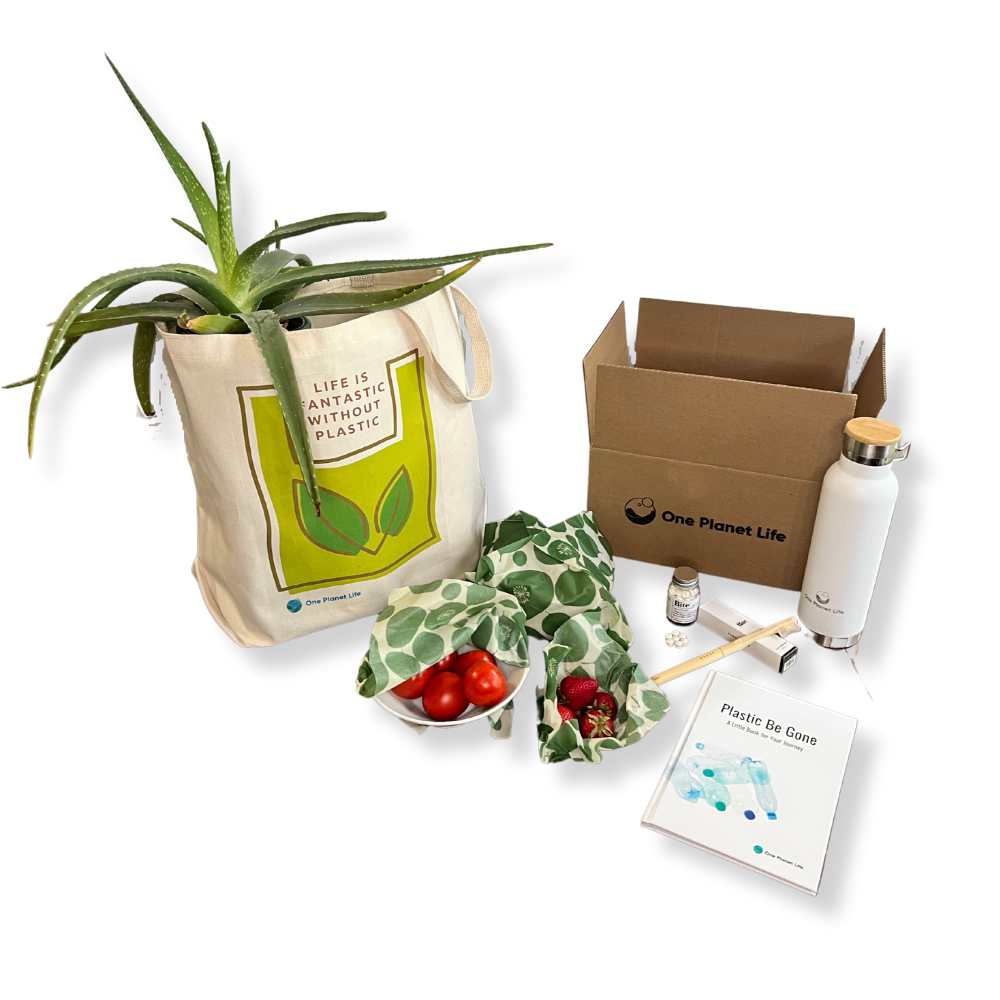
One Planet Life’s Plastic Be Gone Eco-Journey Starter Kit is a great way to get a heads start on your challenge progress.
Each of our six eco-journey starter kits includes information about each journey, as well as a set of curated products to help you create more sustainable habits. The Plastic Be Gone Eco-Journey Starter Kit includes a Life Without Plastic Tote by One Planet Life, beeswax wraps by Z Wraps, a bamboo toothbrush and toothpaste bits from Bite, and more!

